The Oppo Find X3 Neo fills the niche between the top-of-the-line Find X3 Pro and the more affordable X3 Lite, The X3 Neo comes equipped with some high-quality features for several hundred dollars less than the X3 Pro, although it runs on Qualcomm’s Snapdragon 865 chipset with 5G support instead of the faster Snapdragon 888.
On its website, Oppo doesn’t offer much insight into the audio setup for the X3 Neo, but it does come with two speakers and a Type-C jack for your headphones. Let’s see how it fares in our rigorous Audio protocol.
Audio specifications include:
- Two speakers, one top front-firing, one bottom side-firing.
- Earphone jack: Type-C Interface
About DXOMARK Audio tests: For scoring and analysis in our smartphone audio reviews, DXOMARK engineers perform a variety of objective tests and undertake more than 20 hours of perceptual evaluation under controlled lab conditions. This article highlights the most important results of our testing. Note that we evaluate both Playback and Recording using only the device’s built-in hardware and default apps. (For more details about our Playback protocol, click here; for more details about our Recording protocol, click here.)
Test summary
Scoring
Sub-scores and attributes included in the calculations of the global score.
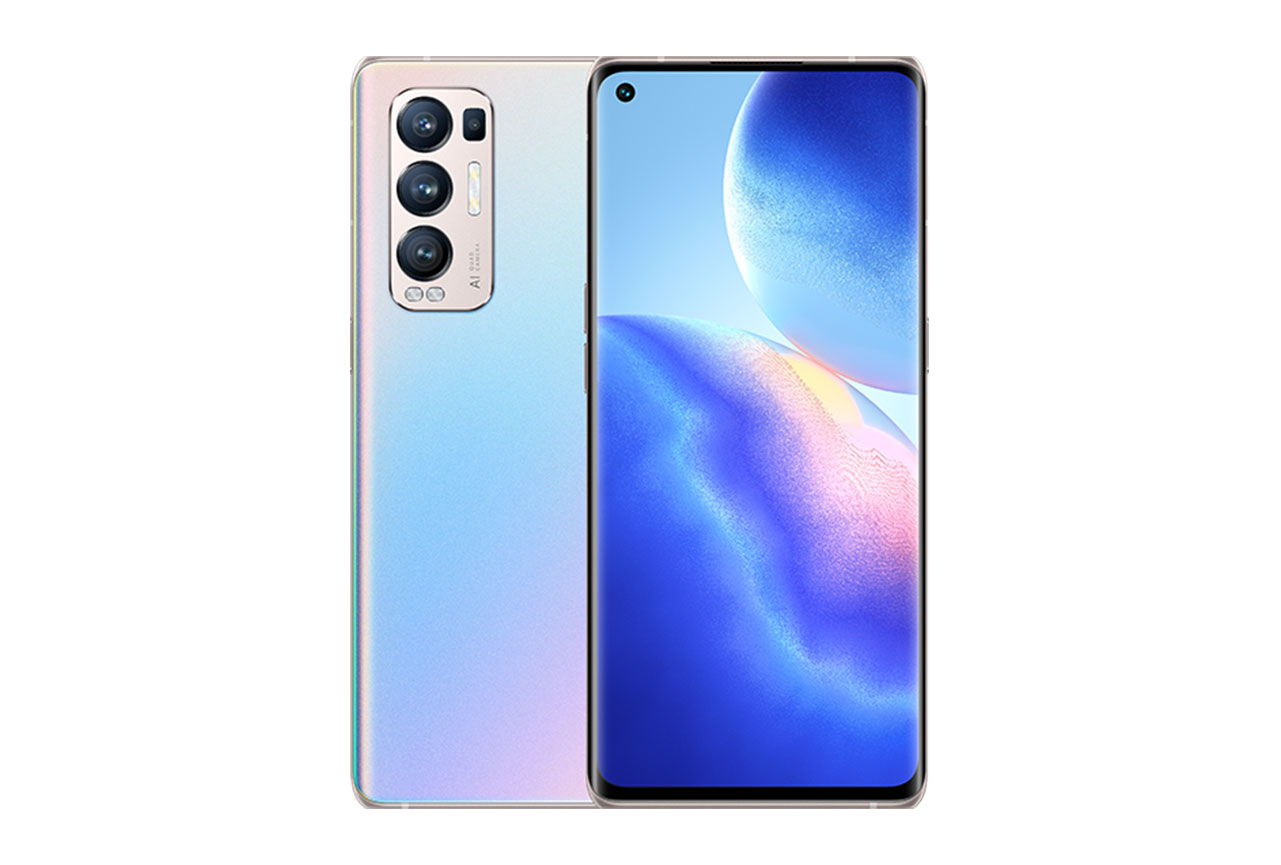
Oppo Find X3 Neo


 165th
165th 47th
47thPlayback
Pros
- The clarity of the timbre is good.
- Localizability is excellent, and wideness is decent.
- Great marks for volume consistency.
Recording
Pros
- Effectively reduces background noise in selfie video outdoors and memo app outdoors.
- Manages recording in high sound-pressure-level situations well.
- Despite the lack of low end, device performs well on bass precision.
Cons
- Noise reduction causes artifacts in many different situations.
-
The stereo image is inverted in life video recordings.
With an overall score of 61, the Oppo Find X3 Neo is among the lower scoring devices we’ve tested in our Premium category. It scored more than its brand cousin, the Oppo Reno 5 Pro+ 5G, and less than the ZTE Axon 30 Ultra. The top scorer in this price range to this point is the Black Shark 4 Pro with an 81.
In Playback testing, the X3 Neo was a mixed bag. Its timbre score was average. Like many smartphones, it lacks low-end extension and bass, but the limitation is not well managed. The dynamics score was very low. Volume and artifacts were bright points, with the volume score placing the X3 Neo among the best devices we’ve tested in that attribute.
As a recording device, the Find X3 Neo received average or below average scores across all attributes. Its timbre and dynamics scores were particularly low. Poorly managed noise reduction had an unfortunate impact on the quality of the recordings.
Sub-scores explained
The DXOMARK Audio overall score of 61 for the Oppo Find X3 Neo is derived from its Playback and Recording scores and their respective sub-scores. In this section, we’ll take a closer look at these audio quality sub-scores and explain what they mean for the user.
Playback

Timbre
Oppo Find X3 Neo
58
89
Timbre tests measure how well a phone reproduces sound across the audible tonal range and takes into account bass, midrange, treble, tonal balance, and volume dependency.
The Oppo Find X3 Neo delivers an average performance in timbre, with a score that puts it squarely in the middle of the pack. Overall, the Neo is oriented toward the high midrange; it lacks both bass and low midrange, almost as if a high-pass filter had been applied.
Treble is clear, but not too bright. High-end extension is noticeably lacking. The lower treble is more prominent, and in practice it sounds a bit resonant, or even canny. Depending on the high-end information in the content being played, the X3 Neo can sound harsh or a bit aggressive. The midrange itself is not especially resonant nor aggressive, but it is fairly hollow, meaning it misses low-end content. This results in a thin, frail rendition of midrange, even if it’s not unpleasant.
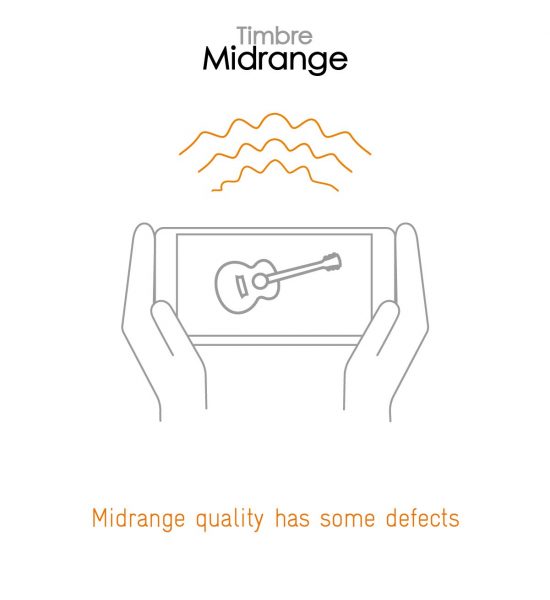
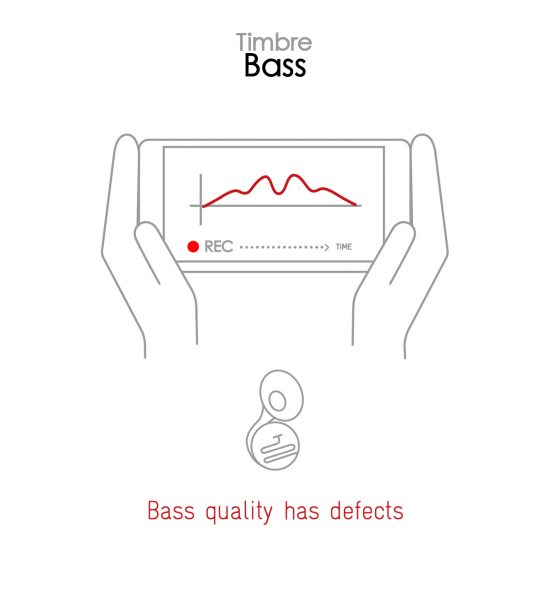
The bass rendition could showcase more strength, and especially a greater low-end extension. The bass part of the spectrum, even if it’s thin, is clear and present, but unsatisfactorily rendered. Soft volume performance is identical, but timbre becomes very harsh at high volumes.

Dynamics
Oppo Find X3 Neo
55
81
DXOMARK’s dynamics tests measure how well a device reproduces the energy level of a sound source, and how precisely it reproduces bass frequencies.
Attack is rounded and feeble, and even more so at low volume, though on the bright side it does not degrade further as volume increases. Because of the lack of sustain in the low end, bass precision doesn’t hit the mark. The Find X3 Neo usually performs better at higher volumes, while at low volume the bass envelope is not at all accurate, lacking both sustain and attack.
As for punch, without much low midrange energy, it’s on the weak side.
The sub-attributes for perceptual spatial tests include localizability, balance, distance, and wideness.
The X3 Neo delivers an average performance in the spatial attribute, with some particular positives standing out. Among those, the device scored well for localizability of various sources in the sound scene.
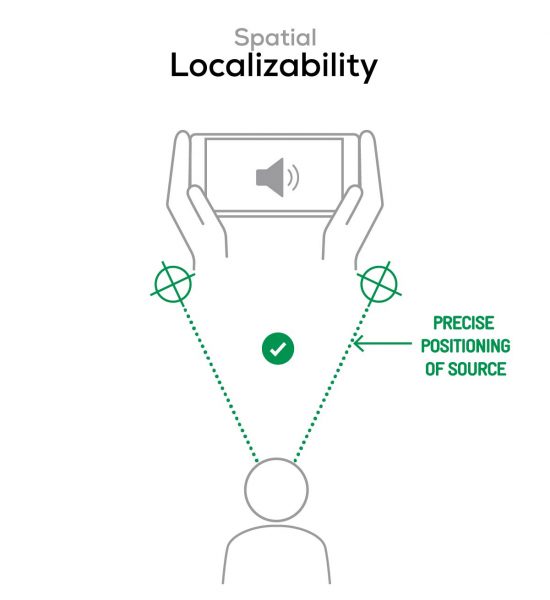
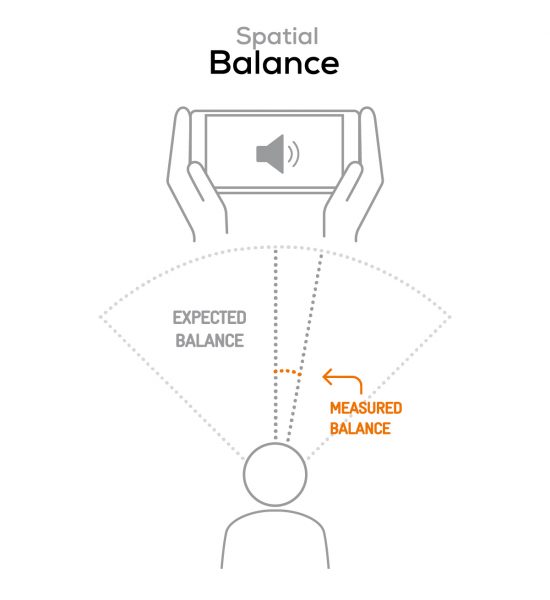
Balance is fairly centered, although sometimes it skewed to the right (or left, if in inverted landscape mode). The wideness of the stereo field is decent, but when you invert the device, the sound scene does not rotate, which cost the Oppo Find X3 Neo some points in this attribute.
Distance perception was not quite satisfactory; voices sounded distant and almost disembodied.

Volume
Oppo Find X3 Neo
75
91
Volume tests measure both the overall loudness a device is able to reproduce and how smoothly volume increases and decreases based on user input.
The Oppo Find X3 Neo scored well in the volume attribute, landing just a few points shy of the top score in our database. Loudness at maximum volume is correct. Volume consistency was great, and the device was intelligible at the minimum volume step.
Here are the results of the objective measurements we carried out in our laboratories, using recordings of both hip-hop and classical music played at the maximum user volume step:
| Hip-Hop | Classical | |
| Oppo Find X3 Neo | 76.5 dBA | 71.8 dBA |
| Oppo Reno5 Pro+ 5G | 74.2 dBA | 70.5 dBA |
| OnePlus 9 | 75.9 dBA | 72.4 dBA |

Artifacts
Oppo Find X3 Neo
86
113
Artifacts tests measure how much source audio is distorted when played back through a device’s speakers. Distortion can occur both because of sound processing in the device and because of the quality of the speakers.
The X3 Neo performed better than average in the artifacts attribute. In most situations and use cases, the device did not manifest any artifacts. As is the case with many smartphones, it showed some limitations in how it rendered synthetic signals; for example, some aliasing was observed.

The signal becomes slightly distorted at higher volumes, and that was especially noticeable on synthetic signals. There was no problem with compression.
Gamers should note that the speakers can be occluded by the player’s hands, which hinders the experience to some degree.
Recording

Timbre
Oppo Find X3 Neo
55
91
Among the smartphones we’ve tested in the Premium category, the Oppo Find X3 Neo has one of the lowest scores for timbre, topping the Vivo X60 Pro 5G (Snapdragon) by one point. Overall, the tonal balance is midrange-focused. It lacks high-end extension in every use case.
The midrange is marked by resonances that make voices sound canny or nasal, depending on the use case. Poorly managed noise reduction has a significant impact on the quality of the midrange. Even though the device lacks very low-end extension, the bass remains quite precise.

Dynamics
Oppo Find X3 Neo
57
81
In dynamics, as in timbre, the noise reduction employed by the X3 Neo greatly impairs performance. Here, it pollutes the envelope with artifacts, greatly altering precision. It blurs the intelligibility of vocals.
Signal-to-noise ratio is average. In a loud environment the envelope remains accurate, in large part because the low end does not drown out the general spectrum.

Spatial
Oppo Find X3 Neo
50
78
The Oppo Find X3 Neo did not score well in the spatial attribute as a recording device. Localizability is not very precise in all use cases, and wideness is a bit narrow in all of our test recordings.
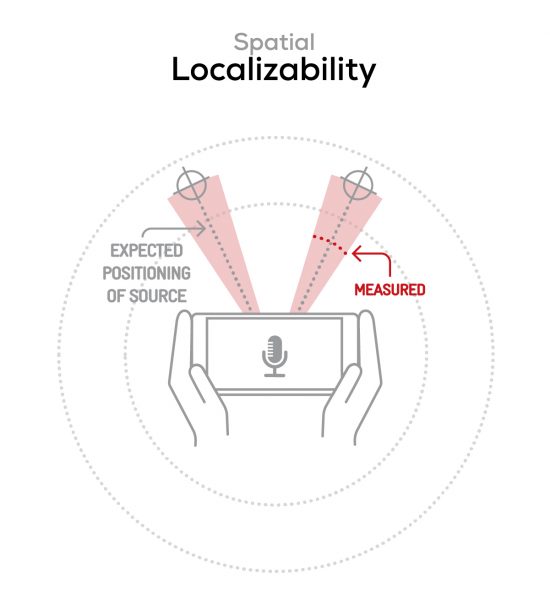
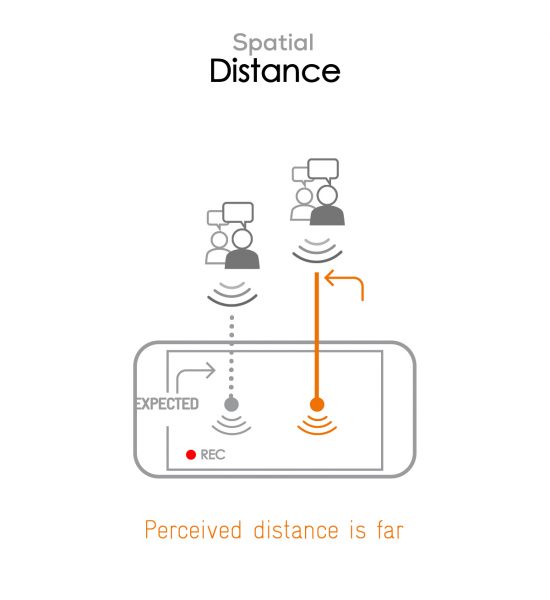
Distance rendering seems to be a bit further than the sound sources would indicate, and this seems due to the lack of body. Strangely, the stereo field is inverted when using the rear cameras to record video in landscape mode (life video). This cost the Oppo device in scoring for wideness.

Volume
Oppo Find X3 Neo
61
99
The Oppo Find X3 Neo has average recording loudness. A bright spot in this attribute is that the device lowers background noise very effectively in selfie video and memo use cases outdoors, leaving voices exceptionally clear and intelligible.
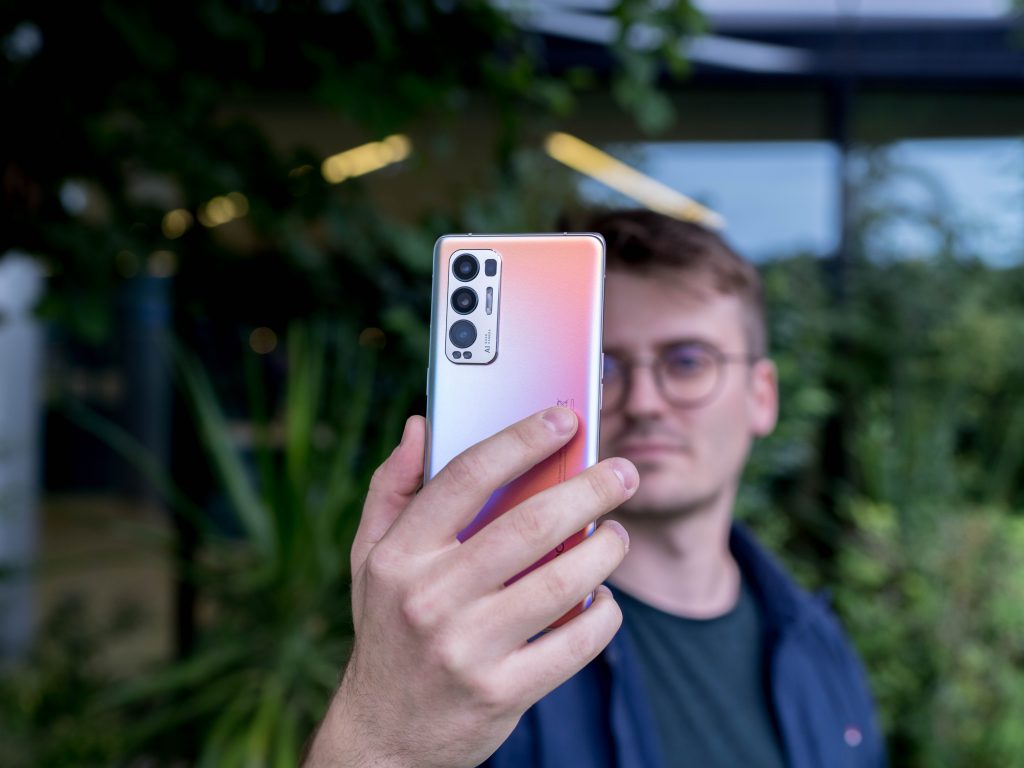
Here are our test results, measured in LUFS (Loudness Unit Full Scale). As a reference, we expect loudness levels to be above -24 LUFS for recorded content:
| Meeting | Life Video | Selfie Video | Memo | |
| Oppo Find X3 Neo | -19.3 LUFS | -17 LUFS | -16.4 LUFS | -15.7 LUFS |
| Oppo Reno5 Pro+ 5G | -25.5 LUFS | -22.9 LUFS | -21.9 LUFS | -21.4 LUFS |
| OnePlus 9 | -29.5 LUFS | -20.6 LUFS | -19.4 LUFS | -19.4 LUFS |

Artifacts
Oppo Find X3 Neo
60
97
The X3 Neo has an average score in the recording artifacts attribute. As soon as the recording volume rises, compression can be observed, and pumping also arrives quickly, hindering intelligibility, in the urban use case for example,
Noise reduction is also a source of flaws, causing phasing issues and the sensation that voices are hard to define and localize. You can check for artifacts yourself in this sample recording:

Background
Oppo Find X3 Neo
27
60
The Oppo device landed toward the bottom of the database in recording background. Its tonal balance lacks both low- and high-end extensions. The main flaw resides in the midrange, where noise reduction triggers some phasing issues.
On a positive note, the background is surprisingly natural sounding, and well-reduced compared with the target signals, especially in the outdoor memo app use case.
Conclusion
At this price point, the Oppo Find X3 Neo is a bit disappointing, especially as a recording device, where it received among the lowest marks in the Premium category. When it comes to playback, the X3 Neo is at least functional for everyday use, with a strong score in the volume attribute and a better than average mark for artifacts.


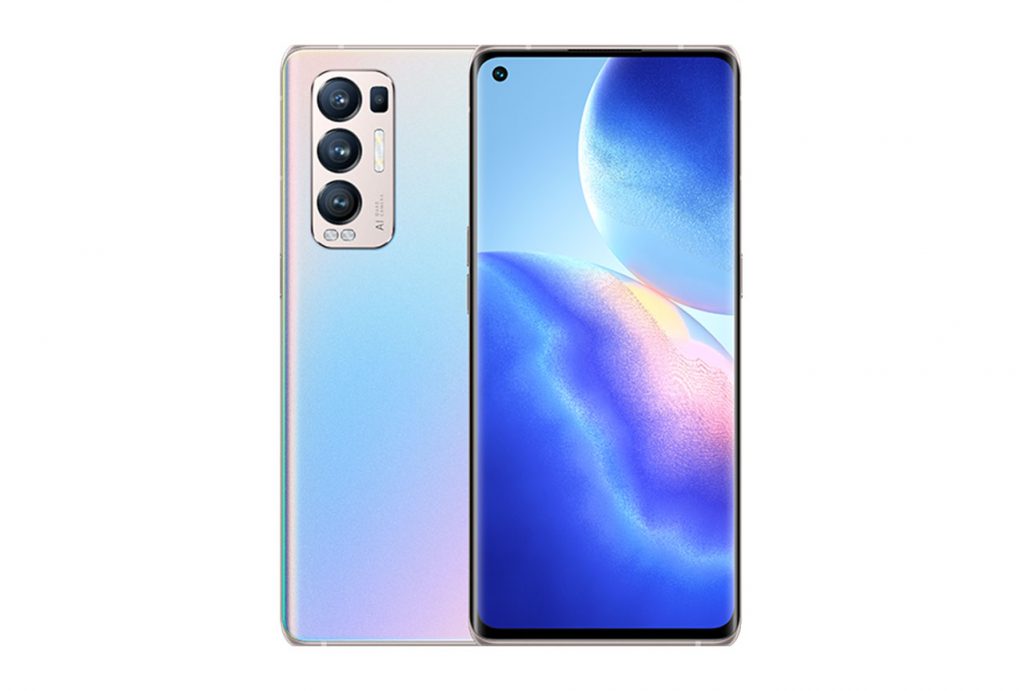
DXOMARK encourages its readers to share comments on the articles. To read or post comments, Disqus cookies are required. Change your Cookies Preferences and read more about our Comment Policy.